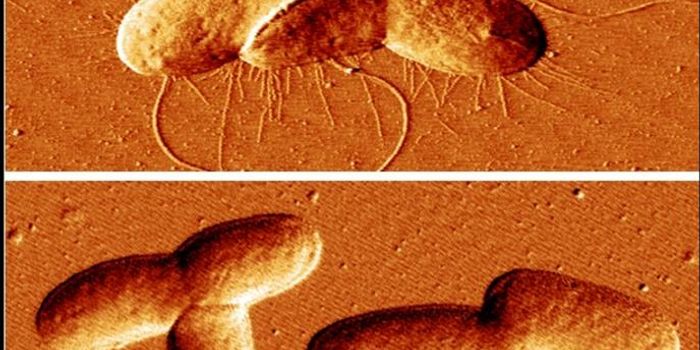Covalent organic frameworks provide the backbone for new aerogels
New aerogels developed at Rice University are highly durable and capable of producing light. The aerogels are composed of covalent organic frameworks (COFs) and can be applied as environmental remediation absorbents or even as membranes in batteries. The findings have been published in the American Chemical Society's Chemistry of Materials.
COFs are crystalline materials that form two- or three-dimensional structures with strong, covalent bonds that make porous, stable, and frameworks. While COFs are most commonly in the form of powders, lead study authors Rafael Verduzco, Dongyang Zhu, and Yifan Zhu have shown a new process to synthesize COF aerogels. Watch the video below to learn more about COFs.
The process of producing COF-based aerogels involves COF monomers, a solvent, a catalyst, and some heat. "The big advantage of polymers is that you can dissolve them in a solvent, you can spray coat, spin coat, and dip coat them, and they're easy and cheap to work with," Verduzco noted. "But COFs are not. They're an insoluble powder and hard to do anything with, but they are really promising for applications because you can design or engineer them almost any way you want on the molecular level. They're like Lego blocks and you can pick the molecular shapes, sizes, and characteristics you'd like to include in the final material.
"We were looking for ways to make COFs easier to work with, more like polymers, and we found that under particular reaction conditions they would form a gel," he said. "When you extract the solvent, you get this very light foam or aerogel."
The aerogels the researchers synthesized boast pores between 20 and 100 microns and the pore size is customizable, which is key to their potential application as absorbents. In testing the gels’ absorbency, the research team exposed them to various dyes, oils, and gold nanoparticles, finding that they were more efficient and effective than conventional COF powders.
Verduzco says that the aerogels are not limited in their applicability as absorbents, they could also act as membranes in a wide range of uses. "Nobody's figured out how to efficiently separate a mixture of ions or molecules that are about the same size and shape, but with this class of materials, we can precisely control the pore sizes and shapes," Verduzco said. For example, he says, "Biological membranes separate ions of the same size and charge through small changes in pore functionality that preferentially bind one ion or the other," he said. "I think we can start to make synthetic materials that have similar properties. There's really a lot to explore here.”
Sources: Chemistry of Materials, Science Daily








